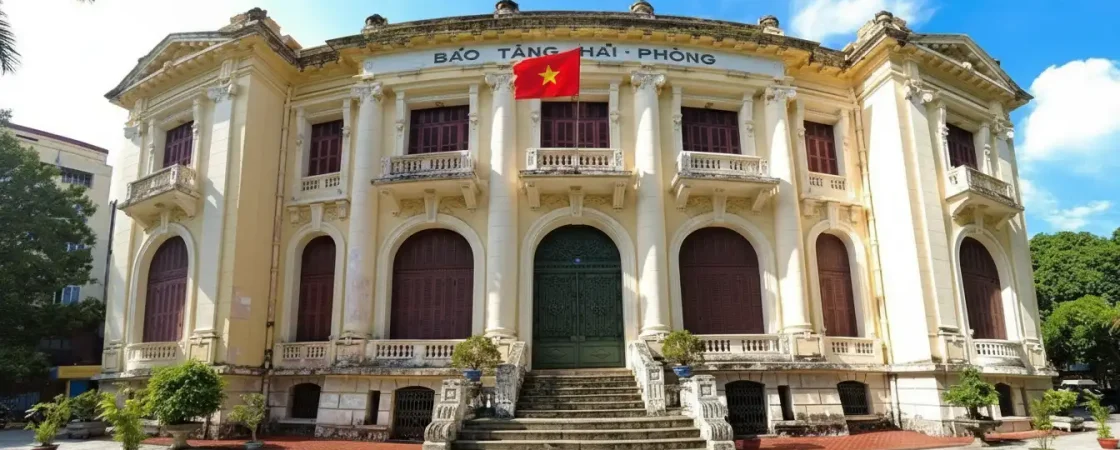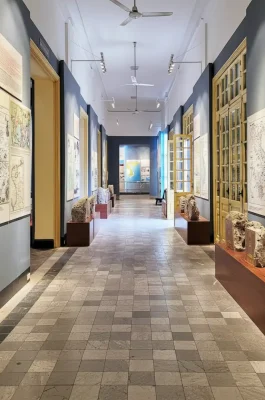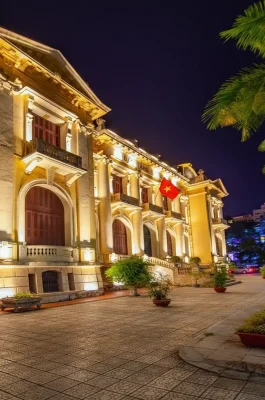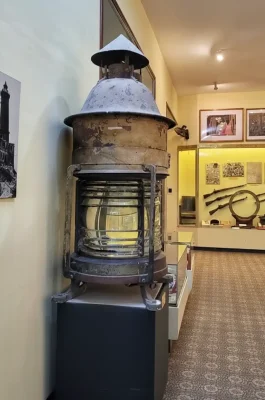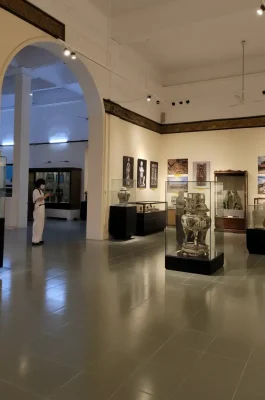The Hai Phong Museum is a cultural cornerstone of the city, offering visitors a deep dive into the natural history, revolutionary past, and cultural development of the dynamic port city and the surrounding Red River Delta region. It is significant for being the first local museum established in Vietnam after the country’s liberation.
History and Architecture
Colonial Heritage: The museum is housed in a grand, two-story colonial building constructed around 1919 by a Hong Kong business group. It later served as the local branch of the France-China Bank during the French colonial period.
Architectural Style: The building itself is a point of interest, showcasing impressive European Neoclassical or Gothic-influenced architecture. Its striking design and century-old shade trees make it a picturesque landmark in the city center.
Museum Establishment: It officially became the Hai Phong Museum on December 20, 1959, dedicated to preserving the history and culture of the local area.
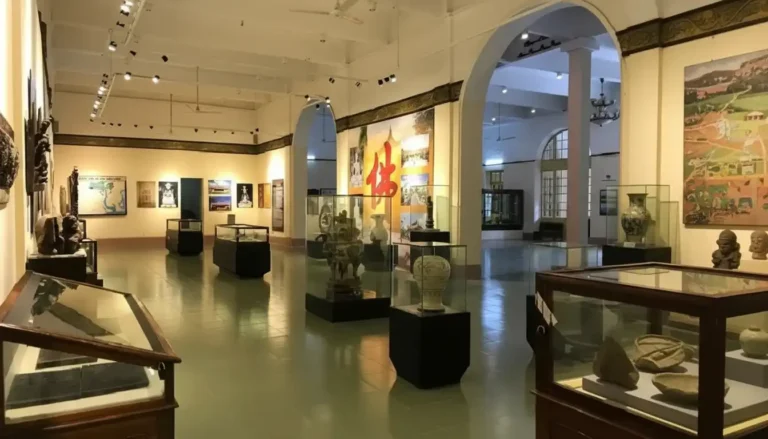
Exhibitions and Collections
The museum’s collection is arranged chronologically and thematically, covering a wide scope of Hai Phong‘s identity. Exhibitions are generally displayed over two main floors.
Archaeology and Nature: The ground floor often features exhibits on the geological and natural specimens of the region, including prehistoric stone tools and artifacts from early human settlements.
Historical Development: The second floor details the city’s historical evolution, covering periods from the anti-colonial resistance to its growth as a major industrial port.
Cultural Artifacts: Key exhibits focus on local crafts, traditional trades, and the unique cultural life of the Hai Phong people, including:
Metal artifacts (reflecting early industry)
Ceramics and Stoneware
Fabric, Paper, Wood, Rattan, and Bamboo artifacts (showcasing local crafts)
Practical Visitor Information
What to Expect: The museum is compact but rich in historical material. Exhibits often feature bilingual (Vietnamese and English) labels, but visitors should be prepared for some limited English signage.
Atmosphere: The building is noted for its high ceilings and pleasant atmosphere, though it generally uses fans for comfort rather than air conditioning.
| Feature | Details |
|---|---|
| Address | No. 66 Dien Bien Phu Street, Hong Bang District, Hai Phong City. |
| Opening Days | Tuesday to Sunday (Closed on Mondays). |
| Opening Hours | Split sessions: 8:00 AM–11:00 AM (Morning) and 2:00 PM–5:00 PM (Afternoon). |
| Entrance Fee | Free of Charge (Mien Phi), according to some official sources. Note: Other sources mention a small fee of VND 20,000 (approx. USD 1). Visitors should carry small cash just in case, though free entry is commonly reported. |
| Phone Number | For general inquiries: +84 225 382 3451 (Confirm before calling). |
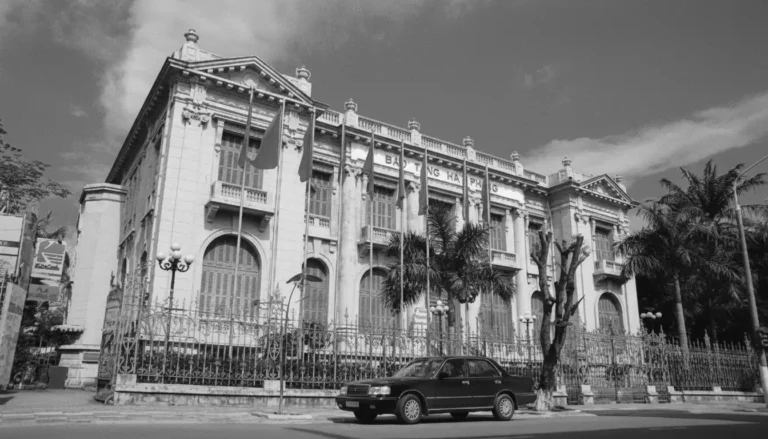
Tips for Visitors
Time Management: Allow approximately 1 to 2 hours for a comprehensive visit.
Dress Code: Casual and comfortable attire is appropriate.
Nearby Attractions: Its central location makes it an easy addition to a city tour. It is located near the Nghie Temple (Den Nghie) and the famous Hai Phong Opera House, perfect for exploring the city’s French colonial architectural heritage.
